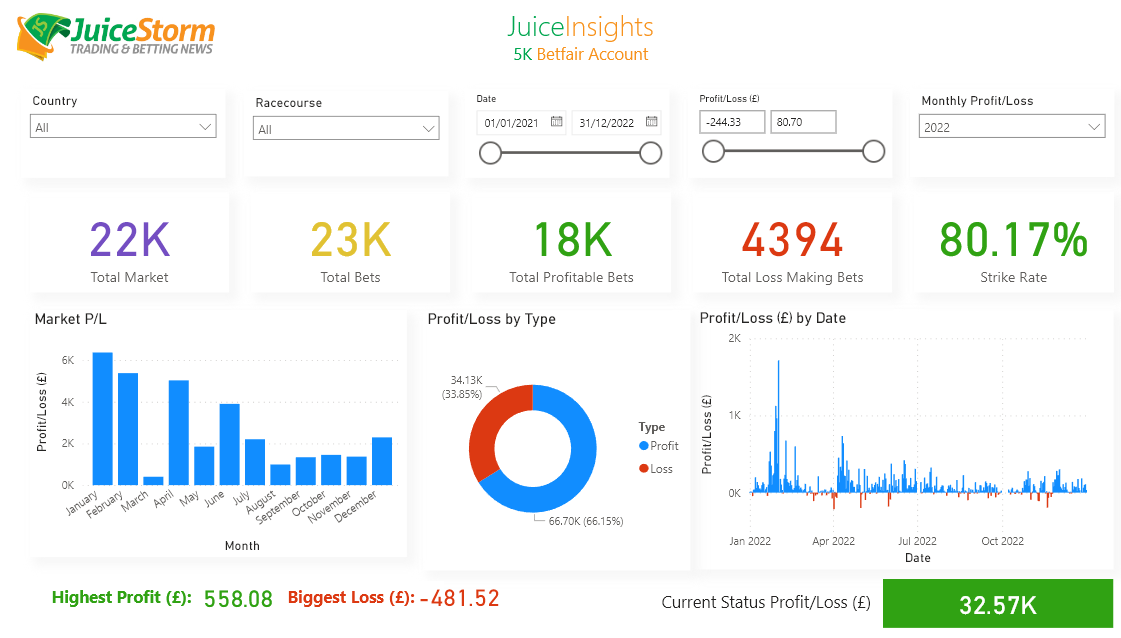The Advantage of a Good Draw in Horse Racing
- The TopTrap Greyhound Profit And Loss Account On Betfair - March 17, 2022
- Betfair Best Execution – 11 Requested & Filled At 320 - January 16, 2022
- BTB System e-book - March 13, 2015
In my opinion, there is only one item of information on a racecard that actually assists a horse to win a race – the draw. Weight and form may be other factors to consider if you are very skilful in the form reading department, but all other information on a racecard such as BF, C/D etc. will not help your selection to win the race on the day.
The draw, certainly in sprint races, can make the difference between winning and losing.
Starting stalls were first used in the UK at Newmarket on 8th July 1965, and were used for the first time in the Derby on 7th June 1967. The introduction of starting stalls gave us the opportunity to analyse draw advantages accurately.
A simple count up of the number of wins from each starting stall would give an exact indication of a draw advantage for any course and distance in the country.
A count up of winning stall numbers should be a simple task, but amazingly during the last 40 years, I believe that I am the only person to produce a truly accurate analysis of draw advantages for U.K. racecourses. There is plenty of draw advantage information available, but a lot of it does not reflect what has been happening on the racecourse.
An accurate analysis of draw advantages is a very big job. I started recording draw advantage information in the 1970’s for my own interest, published a book in 1982, and built a web site www.startingstalls.co.uk in 2003.
When you assess a draw advantage, think drainage, drainage, drainage.Faster ground on one part of a course enables horses to run faster than horses running on slower ground. We may be conditioned to think that a running rail is a big help, but a running rail doesn’t necessarily provide faster ground. Also, the significance of bends can be grossly over-rated. The major factors that influence a draw advantage are, drainage, distance, the going, number of runners, and the positioning of the stalls against the “Low” rail, the “High” rail or in the centre of the course. All obvious stuff, but those factors usually don’t figure in most draw advantage advice.
General rules are that as distance increases, draw advantages have less influence.
Going softer than good is a great leveller.
Most draw advantages become less effective as the going gets softer.
Races with large numbers of runners usually produce very weak draw advantage patterns.
Different positioning of the stalls ALWAYS affects a draw advantage.
If you are going to trade in horse races, I recommend that you take a good hard look at the importance of draw advantages. Never take notice of draw advantage advice that is obviously based on an assessment of a racecourse map and perhaps a few personal observations. Advice such as “Draw advantage Low and a fast start is essential” tells us nothing that we couldn’t guess at ourselves. Also, where comments and stats are combined, I recommend that you compare the comments with the stats. You will be surprised just how often the two contradict each other.
One final word concerning sample sizes. If you were to analyse trends that had been on the go for the last 40 years, how many years results would you analyse, or how many races would you use for your analysis ? The next time you see some draw advantage advice, take a look at the sample sizes, and try to guess at the timescale involved in the analysis.
You may be in for a shock.
Draw advantages worth following produce very high percentages of winners from a minority of starting stalls over many years, not just a few races, so be careful what you put your money on, especially in sprint races. Beware of short term trends identified by small sample sizes, and whatever you do, never take notice of draw advantage advice that isn’t backed up by detailed analysis. That narrows things down a bit doesn’t it ?






Comments are closed, but trackbacks and pingbacks are open.